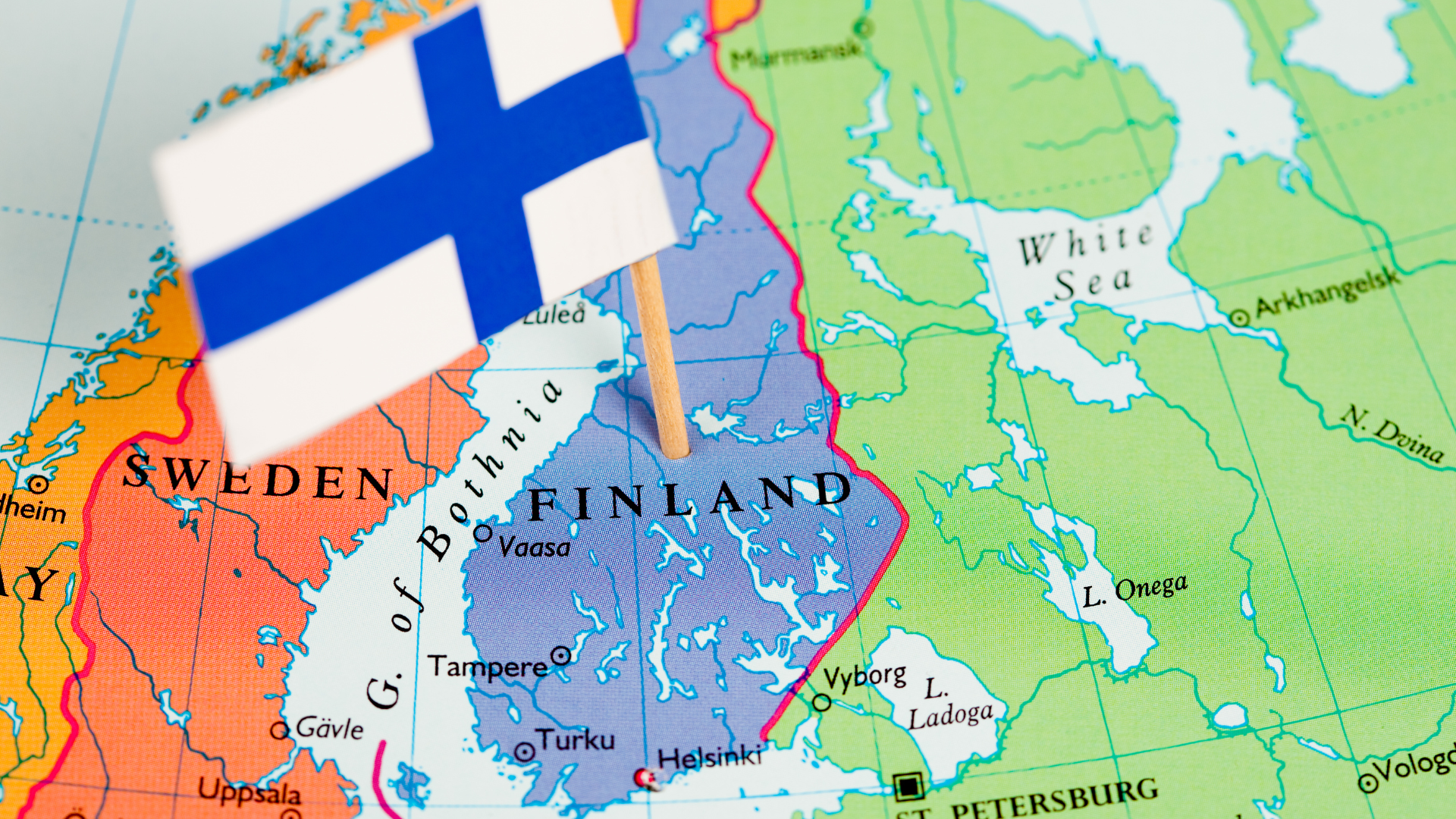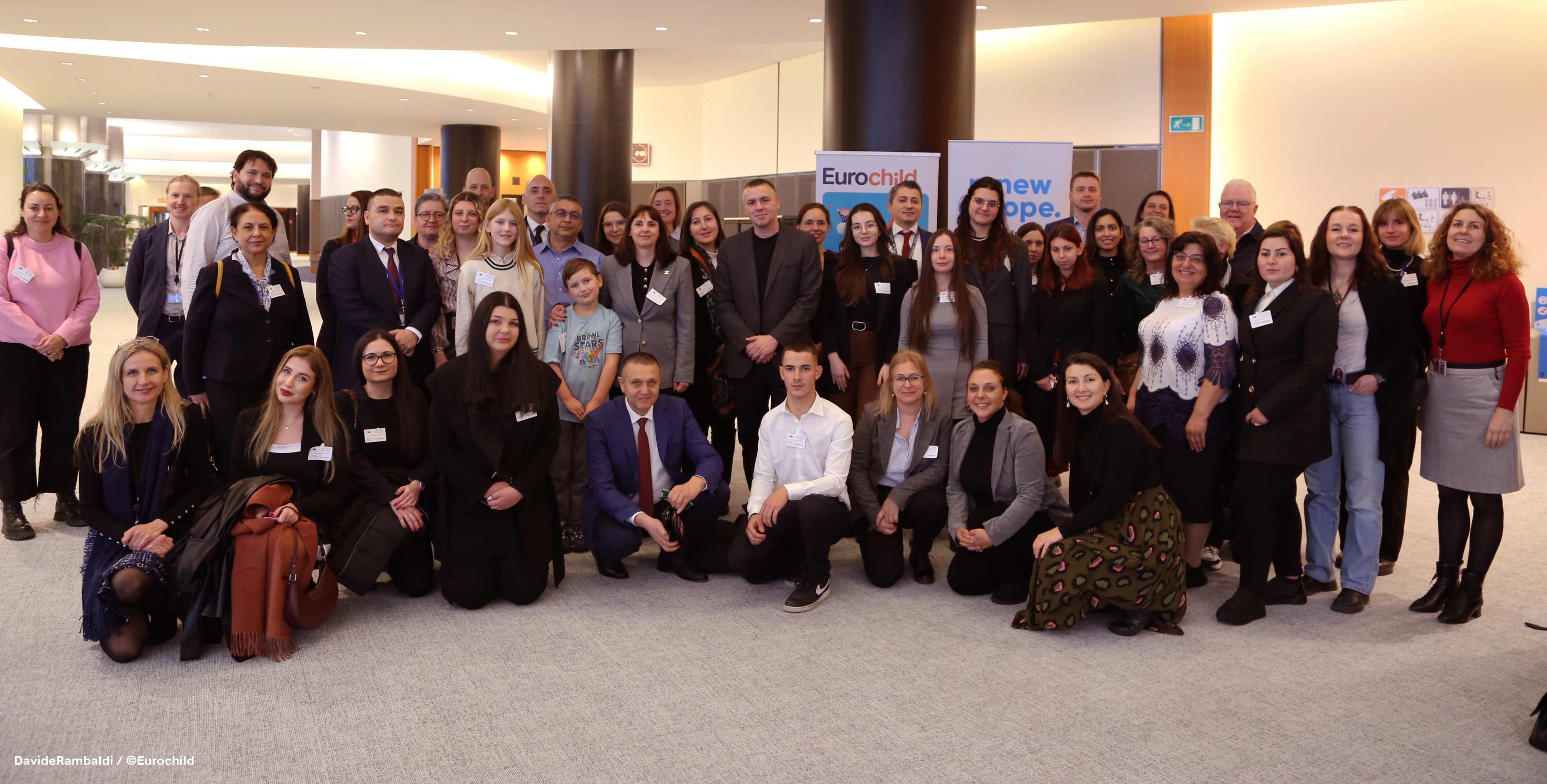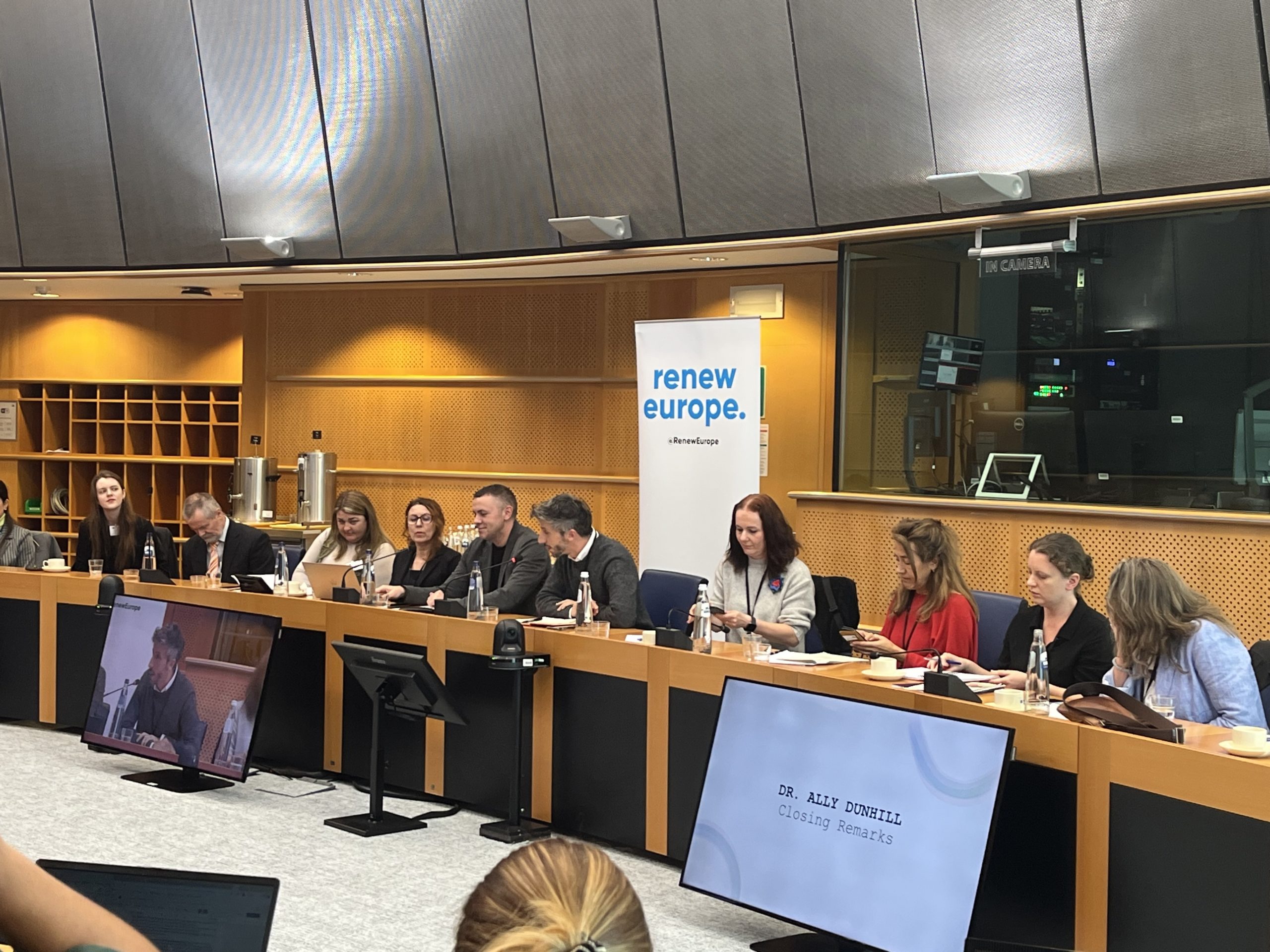Child poverty on the rise in Finland
Rising poverty and targeted cuts are worsening conditions for vulnerable families with children in Finland.
The Child Population in Finland
At the end of 2024, Finland had a population of 5,635,971, of whom 1,013,268 were children. As of the end of 2023, there were a total of 550,183 families with children. Of these, 131,539 – or 24% – were single-parent families, and 84% of these were families headed by mothers.
Finland provides various benefits and services important for children and families, which support children’s growth and development as well as families’ financial security. These include the universal child allowance, which is paid regardless of income or wealth, and free school meals, which have been provided in Finland since 1943.
All children under school age in Finland have a subjective right to early childhood education. Reductions in early childhood education fees and increases in income thresholds have improved work incentives and alleviated the financial burden of low-income families with children.
The Goal of Reducing Child Poverty Is at Risk of Being Missed
While the majority of Finnish children and young people are doing well, there is a growing problem of unequal distribution of social, cultural, and material resources, which can lead to persistent and even intergenerational disadvantage. Children's well-being in Finland has deteriorated. In the UNICEF Report Card published in May 2025, which assesses children's overall well-being in EU and OECD countries, Finland ranks only 17th out of 43 countries – a significant drop from 5th place in 2020.
Finland has historically been effective in eliminating severe income poverty among children, and the risk of poverty or social exclusion for children remains among the lowest in Europe (Eurostat, 2022). This is largely due to Finland’s relatively comprehensive social security system.
Finland has committed to the European Child Guarantee. Finland has set reducing the number of people at risk of poverty or exclusion by 100,000 by 2030 as its national objective. One third of the 100,000 people should be children. However, Finland appears to be drifting further from this goal. Finland reported to the Commission on the implementation of the National Action Plan for the European Child Guarantee in March 2024. Civil society organisations submitted additional information regarding Finland’s report in March 2025.
Material deprivation among children has increased more rapidly in Finland than in other EU countries. In 2021, only 3.7% of children in Finland experienced material deprivation, but by 2024, this had risen to 10%, meaning the proportion had nearly tripled (Eurostat, EU-SILC).
According to UNICEF’s 2023 assessment, progress in reducing child poverty has stalled. The Finnish Institute for Health and Welfare (THL) has estimated that due to social security cuts made during the current government term, poverty and inequality will be more severe by 2027. This includes increased and deepening poverty among families with children. THL reports that income has decreased most in households with children that rely on labor market support or basic unemployment allowance. This has been caused not only by index freezes and housing allowance cuts but also by the elimination of child supplements in unemployment benefits (THL Working Paper 18/2025).
Social Security Cuts Are Increasing and Deepening Poverty in Families with Children
During the current government’s term (starting June 20, 2023), significant cuts to social security have been implemented, with direct impacts on children, young people, and families. Both implemented and planned cuts and savings have often targeted the most vulnerable groups, thereby contributing to increasing and deepening child poverty.
The most significant changes affecting the financial security of families with children include the removal of the exempt amount in the adjustment of unemployment benefits and the abolition of child supplements in unemployment benefits. Additionally, the exempt amount in housing allowance was removed and housing benefits were reduced. These changes especially impact unemployed families and single-parent families working part-time. It has been shown that increasing the child supplement in unemployment benefits would be one of the most cost-effective ways to reduce child poverty (SOSTE, 2023).
Child and family organisations have expressed serious concern about the impact of social security cuts on low-income families with children. Reductions in social security benefits, combined with cuts to services and increases in social and health care client fees, particularly weaken the situation of vulnerable children and the adults caring for them. This increases the risk of growing child poverty (Ministry of Social Affairs and Health, 2024). In single-adult households, social security benefits often play a greater role than in two-adult households. Therefore, the substantial relative income losses caused by changes in social security in 2024 and 2025 disproportionately affect single-parent families.
Looking Ahead
Due to cuts in social security, spending on basic social assistance has increased, and the demand for food aid continues to rise and appears to be intensifying. The number of debt enforcement cases and evictions has increased significantly following the cuts. According to SOSTE, changes to social security in 2024 increased the number of children living in low-income households by an average of 1.6 percentage points – approximately 17,000 more children.
THL has estimated that as a result of these cuts, the number of recipients of basic social assistance will increase by 100,000 by 2027. Basic social assistance is the last-resort economic support designed to ensure a minimum level of subsistence necessary for a dignified life. However, this government term is also expected to bring stricter conditions and further cuts to it.
The cuts to social security have been justified by the government as a way to incentivise work and reduce public debt. However, after the implementation of the cuts, unemployment in Finland has increased, employment has weakened, and debt has continued to rise. Policies that increase inequality and poverty do not foster economic growth or improve employment – quite the opposite. In contrast to the euro area and other EU countries, where employment has risen and unemployment has fallen, Finland's situation has worsened. In March 2025, Finland’s unemployment rate (9.1%) was the second highest in the EU (Eurostat).
For further information, please contact:
Esa Iivonen, Director of Advocacy, Mannerheim League for Child Welfare
Kirsi Pollari, Senior Specialist, Mannerheim League for Child Welfare





